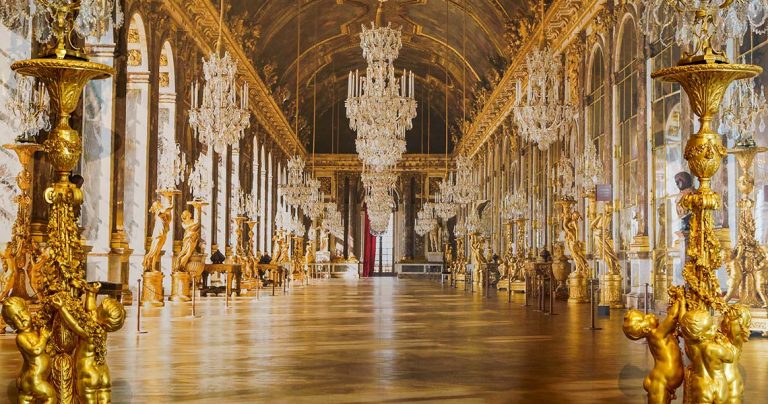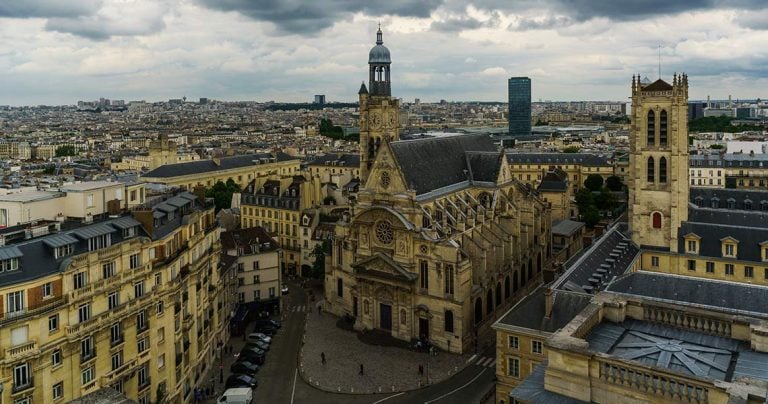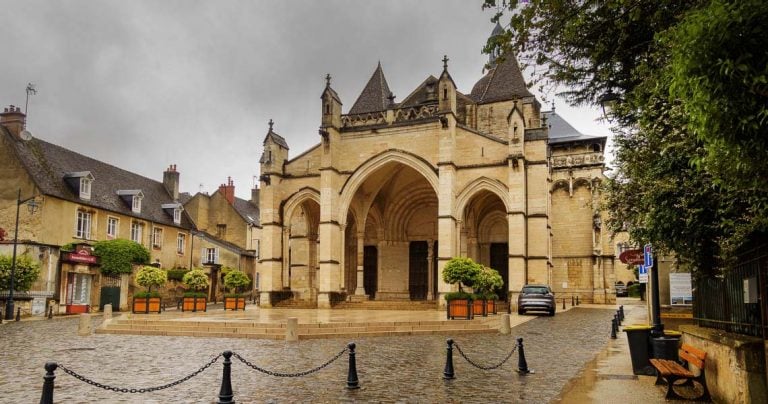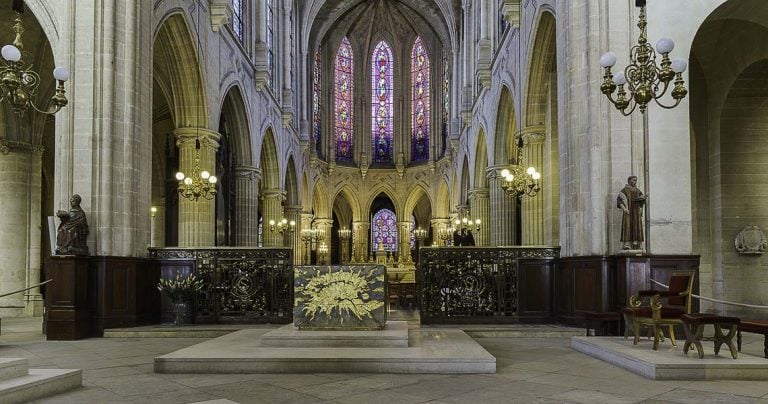Sèvres Cité de la Céramique
For museum lovers, Paris has a fantastic assortment of almost 250 institutions in and around Paris. One of the gems that often goes unnoticed is Sèvres Cité de la Céramique, a world-class showcase for ceramics from various countries, covering historical periods from Antiquity to modern times, and only about 30 minutes from the centre of Paris on the Metro 9 line.
Sèvres, Cité de la Céramique combines the Manufacture Nationale de Sèvres, the Musée National de Céramique at Sèvres and the Musée National Adrien Dubouché at Limoges. Thanks to the harmony of these three institutions, the Cité de la Céramique commands an international reputation as a centre of excellence in the design and manufacture of ceramics and enamel applications.
The Manufacture Nationale de Sèvres’ mission is to produce works of art in porcelain, using techniques handed down over generations and preserved since the 18th century. It remains relevant to contemporary decorative arts with its commitment to research, training and cultural awareness.
The Musée National de Céramique is home to one of the largest eclectic collections of ceramics anywhere in the world, comprising earthenware, stoneware, pottery, porcelain, enamel, and glass. Today, this collection numbers more than 55,000 ceramics at Sèvres, 16,000 at Limoges and 250,000 pieces worldwide.

Short History
At the beginning of the 18th century, Chantilly and Saint-Cloud were the major porcelain manufacturers in France. Without substantial capital investment from a royal or aristocratic patron, the survival of a porcelain factory was problematic.
After the death of Prince de Condé, patron of the soft-paste porcelain factory at Chantilly, in January 1740, some of his workers were permitted to continue their experiments in a disused tower of the royal Château in Vincennes.

Five years later, Louis XV, prompted by his mistress, Madame de Pompadour, granted the Vincennes factory royal patronage. Louis XV began setting limits on what other producers could and couldn’t do to protect his investment. This anti-competitive stance ensured the success of the Vincennes factory.
In 1756, the Manufacture moved from Vincennes to new premises in the centre of Sèvres. The personnel took their skills, their reputation at the courts of Europe and the attentive support of Madame de Pompadour.

By far, the biggest challenge to the Sèvres venture was competition from Chinese porcelain makers. The soft-paste porcelain of the Europeans did not match the hard-paste porcelain of the Chinese. The Chinese quality (soft-paste porcelain tended to scratch easily) was far superior. It was the quest of every European porcelain maker to discover the secret Chinese recipe for hard paste.
While a chemist from the Meissen factory, near Dresden, is attributed with uncovering the secret ingredient vital to the manufacture of hard-paste porcelain, namely kaolin, it was two chemists from the Manufacture who, in 1768, discovered a kaolin deposit near Limoges. This discovery consolidated the position of Sèvres and ensured its enduring success.

Royal patronage continued under Louis XV and Louis XVI until the French Revolution when the Sèvres factory became the state’s property. From 1800 to 1847, the Manufacture was directed by the scientist Alexandre Brongniart, the son of the architect of the Paris Bourse. He modernised the establishment, set up additional workshops and founded the ceramics museum.
Production was at its peak, first with pieces in a Neoclassical style, often featuring paintings alluding to the exploits of Napoleon and later extending to a broader range of themes. The innovations continued under the Second Republic, but there was a marked return to Ancien Régime themes and a revival of sculpture with the Second Empire.

By 1876, the premises had grown too small, and they moved again to a custom-built home in a four-hectare enclave of the Parc de Saint-Cloud. Today, the Manufacture still occupies these buildings, which it shares with the Musée National de Céramique.
Although over 4,000 pieces were safely stored in the quarries at Meudon the day after the outbreak of the Second World War, the majority of the holdings were still at Sèvres when seventeen bombs fell on the museum on 3 March 1942. It took several months to sift through the ruins, and more ambitious projects had to wait while all available energy and resources were devoted to saving whatever could be salvaged.

After the Liberation, a temporary museum was opened with a new presentation of the collections, starting with the earthenware gallery in 1955 and then the porcelain gallery on the first floor in 1966. Finally, in 1978 Islamic ceramics, glazed terracotta and majolica wares were placed on the raised ground floor. In keeping with the spirit of the original museum, due space has been allotted to contemporary ceramics.

Over the years, the Manufacture Nationale de Sèvres has managed to preserve its techniques and exploit them by adapting to developments in production while remaining highly attentive to contemporary creativity.
Today, Sèvres is the only European factory to have preserved all the skills handed down by past generations. It can produce pieces of extraordinary refinement, dexterity and ingenuity. It has constantly tested the limits of the material with which it works and, throughout its history, has produced forms and decorations of matchless excellence. These are the foundation of its worldwide reputation.
Information
2 Place de la Manufacture, 92310 Sèvres
+33 1 46 29 22 00
[email protected]
Daily: 10 am to 1 pm and 2 pm to 5 pm except Tuesday. Tours of workshops by arrangement
Metro 9, Station Pont-de-Sèvres; Bus: 169, 171, 179, stop Musée -de-Sèvres; Tram: T2, stop Sèvres Museum
Sales Galleries: 2 place de la Manufacture, Sèvres (+ 33 1 46 29 22 10); 4 Place Andre Malraux, Paris (+ 33 1 47 03 40 20)
www.sevresciteceramique.fr







